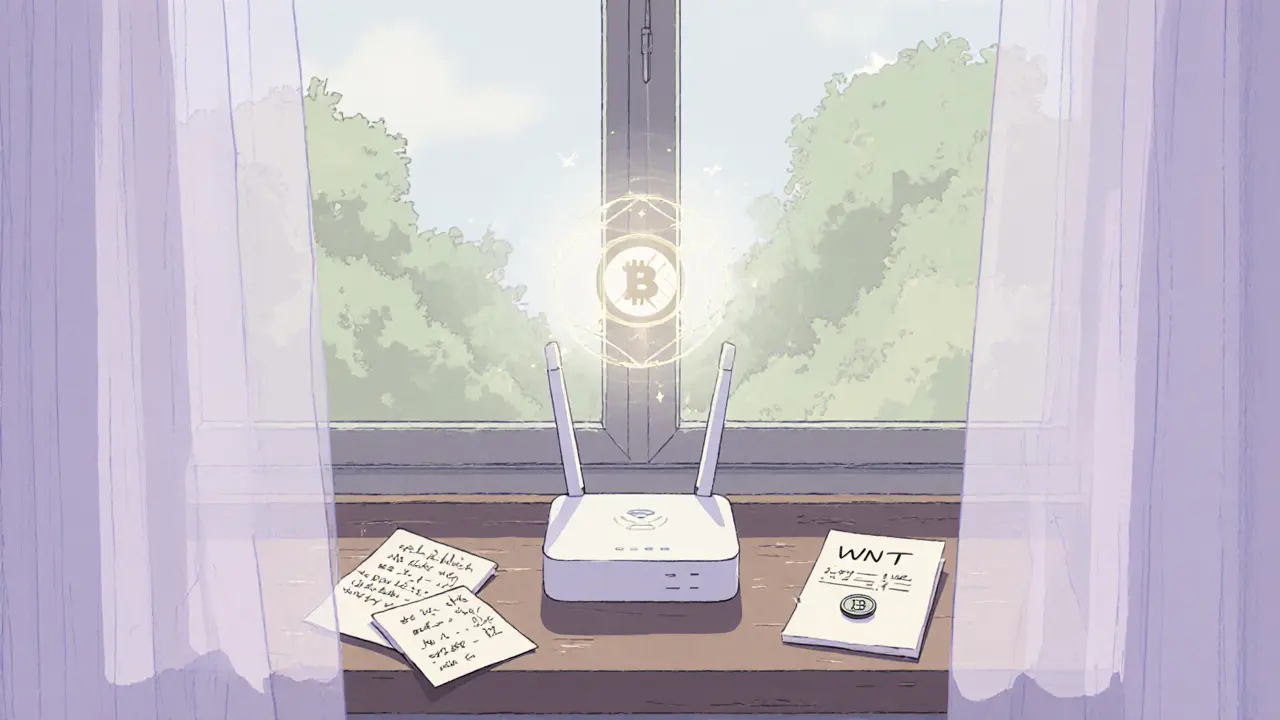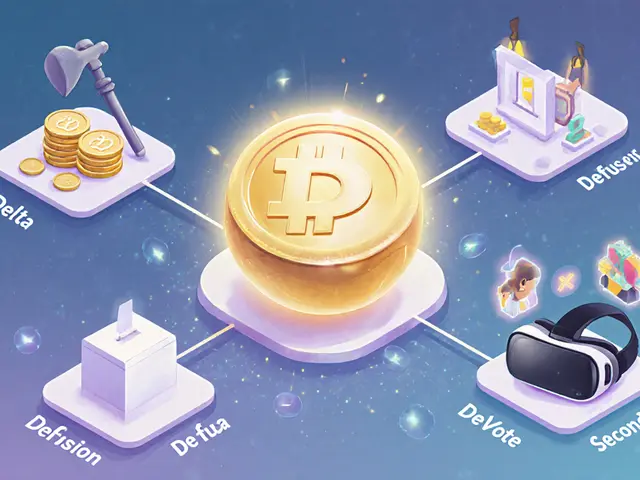Decentralized Wi-Fi: How Blockchain Networks Are Rewiring Internet Access
When you think of Wi-Fi, you probably picture a router in your living room or a hotspot at a coffee shop. But what if your neighbor’s router could power your connection—and you got paid in crypto for it? That’s the idea behind decentralized Wi-Fi, a system where individuals share their internet bandwidth through blockchain-powered networks, earning tokens in return. Also known as DePIN wireless networks, it turns everyday internet connections into public infrastructure anyone can use and profit from.
This isn’t science fiction. Projects like Helium and Hivemapper are already letting people install small hardware devices to extend coverage in underserved areas. In return, they earn tokens for providing real, verifiable network coverage. These networks run on blockchain so there’s no single company controlling access or pricing. It’s peer-to-peer internet, built by users, for users. The tech behind it relies on DePIN, Decentralized Physical Infrastructure Networks—blockchain-based systems that reward users for contributing real-world resources like bandwidth, storage, or computing power. Also known as crypto-powered hardware networks, DePIN is the engine making decentralized Wi-Fi possible. And it’s not just about getting free internet—it’s about fixing broken systems. In places where big telecoms won’t invest, decentralized Wi-Fi fills the gap. In cities, it reduces congestion by creating overlapping, self-healing networks.
What makes this different from a regular hotspot? For one, it’s automated. Your device broadcasts signal, the network verifies it’s real using GPS and signal strength data, and then you’re paid—no middleman, no contracts. Users don’t need to trust a company. They trust the code. And because these networks are open, anyone can build apps on top of them. You could pay for data using a crypto wallet, or even earn tokens just by walking through a neighborhood with a phone. It’s not just a better way to get online—it’s a new model for how infrastructure should work.
Right now, decentralized Wi-Fi is still small compared to traditional providers. But it’s growing fast in places where connectivity is expensive or unreliable. The same tech that powers crypto mining rigs and tokenized real estate is now being used to wire up towns, buses, and even remote farms. And as more people join, the network gets stronger—for everyone.
Below, you’ll find real-world examples of how this tech is being used, what coins are tied to it, and which platforms actually deliver on the promise. Some are thriving. Others are dead ends. We’ve sorted through the noise so you don’t have to.

Wicrypt promised free tokens for sharing Wi-Fi, but the 'NFT & Device Drop' was a paid device sale that failed due to poor execution, locked tokens, and no scaling. WNT is now worthless.
Jonathan Jennings Nov 3, 2025




